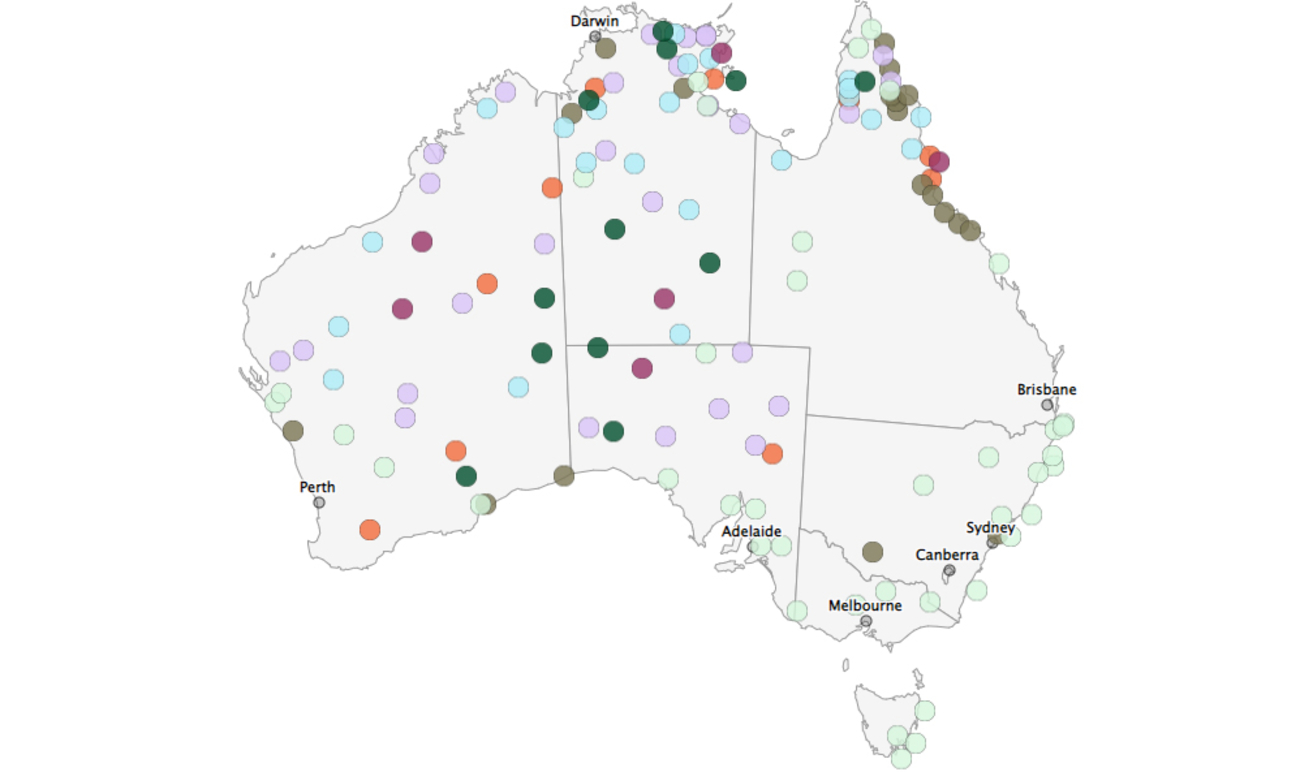The Third National Indigenous Languages Survey (NILS3) was completed in 2019. The results have been published in the National Indigenous Languages Report (2020).
The National Indigenous Languages Report (NILR) was a collaboration between the Australian Government Department of Infrastructure, Transport, Regional Development and Communications (Office for the Arts), the Australian Institute of Aboriginal and Torres Strait Islander Studies (AIATSIS), and the Australian National University (ANU), in consultation with Aboriginal organisations. It aimed to refocus the national conversation on the opportunities that Aboriginal and Torres Strait Islander cultures offer, and contribute to our understanding of and inform our support for Aboriginal and Torres Strait Islander languages. NILR was the third Australian Indigenous languages report to be produced. The two previous reports were in the form of the First and Second National Indigenous Languages Surveys (NILS1 and NILS2).
AIATSIS' contribution to NILR — the Third National Indigenous Languages Survey (NILS3)—sought to answer the question: What is the current state of Indigenous languages in Australia?
The aim of this question was to create a snapshot of the current status of Australian languages with a focus on the numbers of speakers, the age and gender distributions of speakers, and how languages are used. It also sought information on documentation for each language. AIATSIS plans to incorporate data collected from NILS3 into the Austlang database of Australian languages. Questions asked in NILS3 related to:
- The total approximate number of speakers, and the proportion of people within the community that speak the language;
- The age and gender distribution of speakers;
- The proficiency levels of speakers;
- The domains in which the language is used;
- Documentation levels and available resources;
- Current activities and programs being conducted; and
- Training of Indigenous language workers and teachers.
Project team
Rhonda Smith
Doug Marmion
